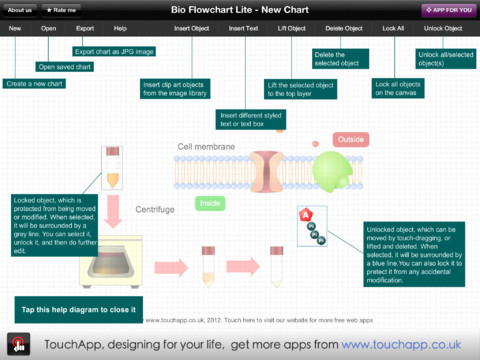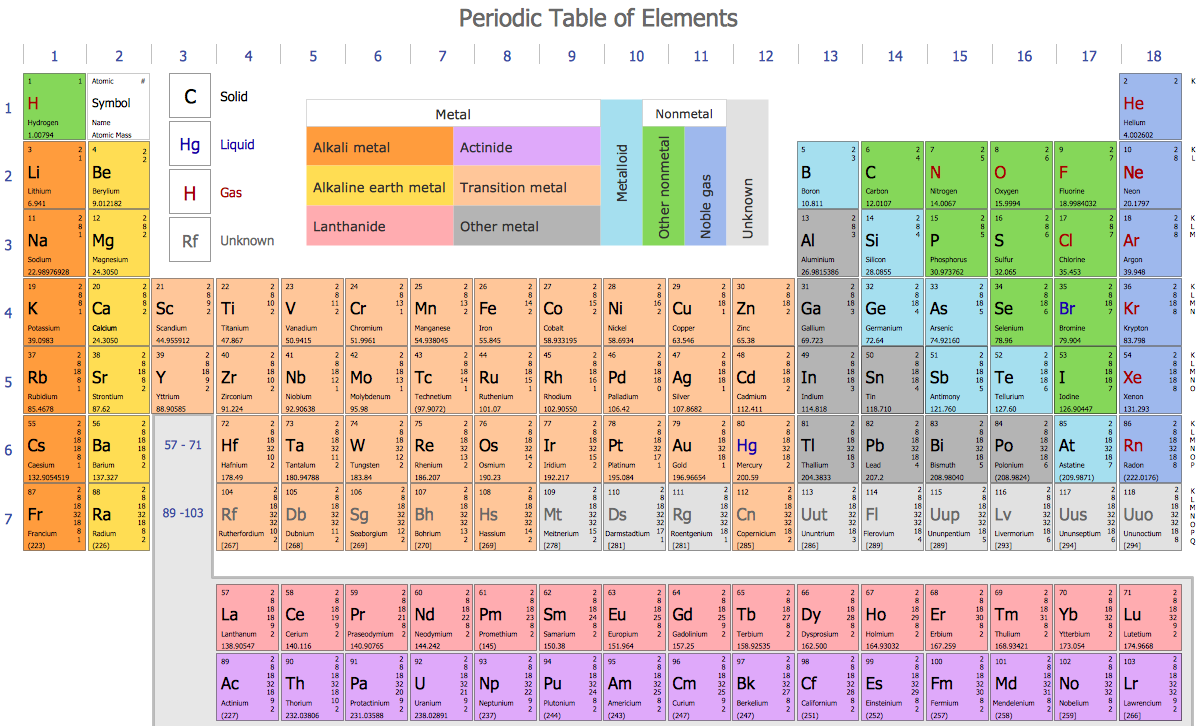Bio Flowchart Lite
This app targets to help teachers and students to create vivid and professional biological flowcharts and diagrams in an easy way."In elementary algebra, a quadratic equation (from the Latin quadratus for "square") is any equation having the form
ax^2+bx+c=0
where x represents an unknown, and a, b, and c are constants with a not equal to 0. If a = 0, then the equation is linear, not quadratic. The constants a, b, and c are called, respectively, the quadratic coefficient, the linear coefficient and the constant or free term.
Because the quadratic equation involves only one unknown, it is called "univariate". The quadratic equation only contains powers of x that are non-negative integers, and therefore it is a polynomial equation, and in particular it is a second degree polynomial equation since the greatest power is two.
Quadratic equations can be solved by a process known in American English as factoring and in other varieties of English as factorising, by completing the square, by using the quadratic formula, or by graphing." [Quadratic equation. Wikipedia]
The flowchart example "Solving quadratic equation algorithm" was created using the ConceptDraw PRO diagramming and vector drawing software extended with the Mathematics solution from the Science and Education area of ConceptDraw Solution Park.
ax^2+bx+c=0
where x represents an unknown, and a, b, and c are constants with a not equal to 0. If a = 0, then the equation is linear, not quadratic. The constants a, b, and c are called, respectively, the quadratic coefficient, the linear coefficient and the constant or free term.
Because the quadratic equation involves only one unknown, it is called "univariate". The quadratic equation only contains powers of x that are non-negative integers, and therefore it is a polynomial equation, and in particular it is a second degree polynomial equation since the greatest power is two.
Quadratic equations can be solved by a process known in American English as factoring and in other varieties of English as factorising, by completing the square, by using the quadratic formula, or by graphing." [Quadratic equation. Wikipedia]
The flowchart example "Solving quadratic equation algorithm" was created using the ConceptDraw PRO diagramming and vector drawing software extended with the Mathematics solution from the Science and Education area of ConceptDraw Solution Park.
HelpDesk
How to Draw Chemistry Structures
Making chemistry drawings for science and education purposes involves many different elements that can be managed using ConceptDraw PRO. ConceptDraw Chemistry solution can be used as a tool for creating chemical schemes and diagrams of chemical lab set-ups and labware, formulas, reaction schemes, and molecular structures. With ConceptDraw PRO you can easily create and communicate chemistry drawings of any complexity.- Solving quadratic equation algorithm - Flowchart | Mathematics ...
- Software Diagrams | Basic Diagramming | Flowcharting Software ...
- Flow Diagram Formula
- Mathematics | Mathematical Diagrams | Flow Chart Of Diffrent ...
- Euclidean algorithm - Flowchart | Solving quadratic equation ...
- Flow Chart General Formula
- Representation Of The Almighty Formula Using Flowchart
- Flow Chart For General Formula For Quadratic Equation
- Solving quadratic equation algorithm - Flowchart | Bar Diagrams for ...
- Design A Flow Chart Diagram To Compute And Solve Algebraic ...
- Process Flowchart | Best Value Stream Mapping mac Software | One ...
- Chemistry Equation Symbols | Basic Diagramming | Chemistry ...
- Flowchart And Algorithm For Quadratic Formula Pdf
- Solving quadratic equation algorithm - Flowchart | Basic Flowchart ...
- Solving quadratic equation algorithm - Flowchart | Basic ...
- Represent The General Formula For Mathematics In Flowchart ...
- Social Media Response Flowcharts - diagramming software
- Solving quadratic equation algorithm - Flowchart | Basic ...
- Flowchart On Genaral Formular
- Software Diagrams | Write An Algorithm To Solve A Quadratic ...


